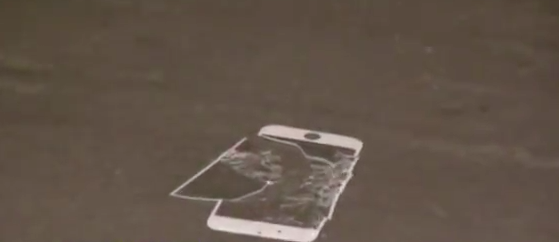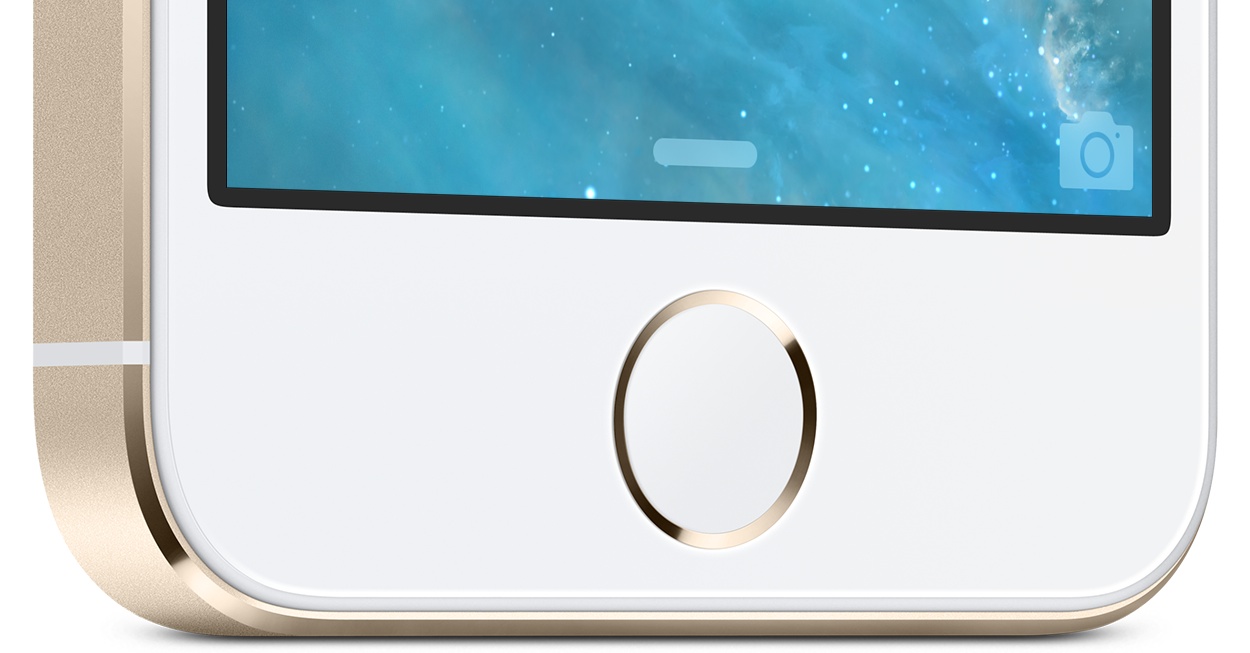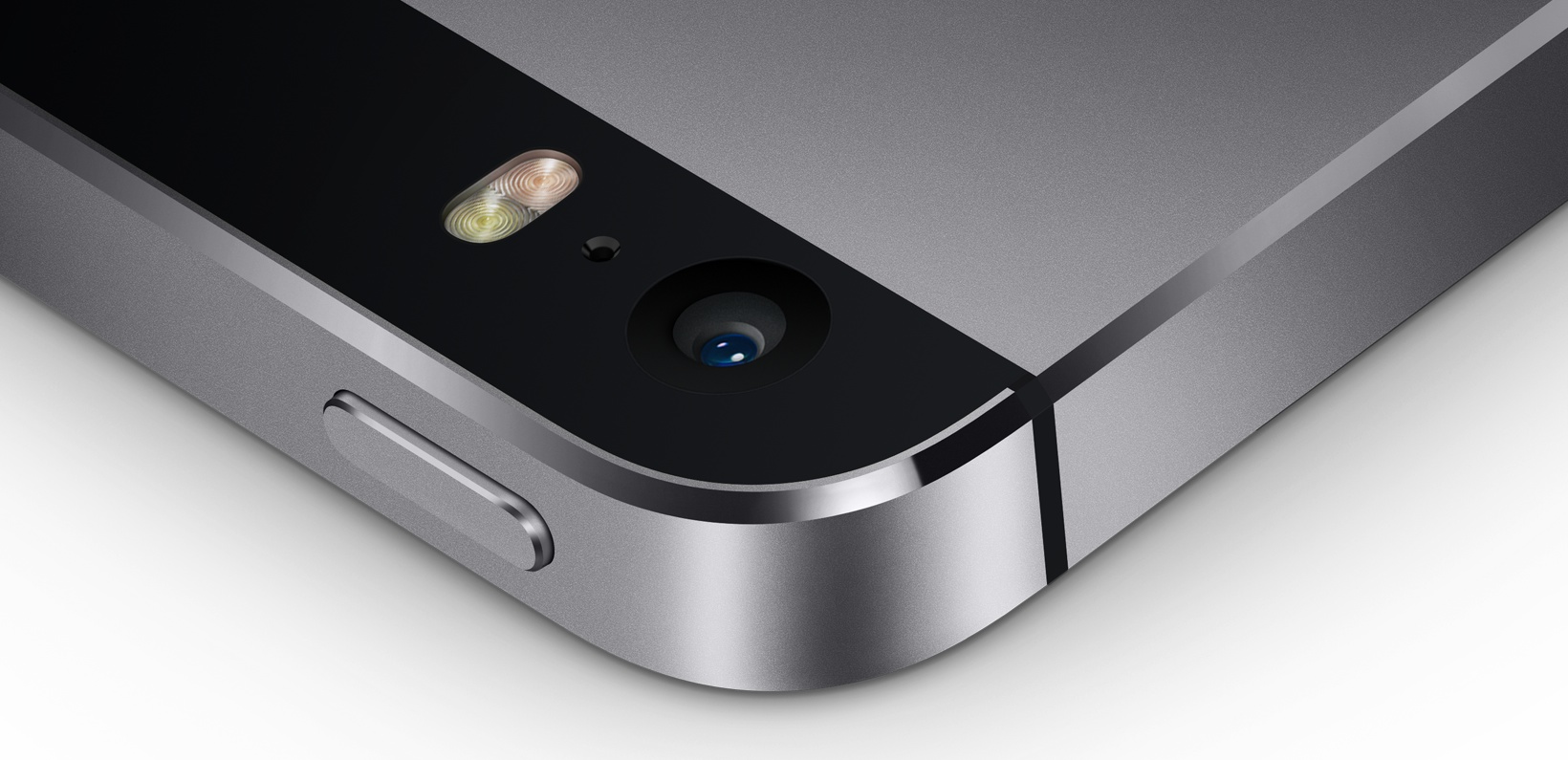Earlier in the week, a scratch test captured on video had us marveling at the virtually indestructible sapphire-strengthened cover glass purportedly making its way to Apple’s forthcoming new iPhones.
The test, posted by YouTuber Marques Brownlee, showed scratching the protective cover with a set of keys and even a large folding knife yielded absolutely no damage. As Brownlee noted, the part’s scratch resistance and proneness to bending and twisting is beyond any smartphone cover glass you’ve ever seen.
Despite trying, Brownlee just couldn’t break the part under his own power. But anything in this world can be broken to pieces. We’re a curious bunch here at iDownloadBlog and have been wondering a lot what it’d take to push this alleged sapphire cover glass beyond the point of breaking.
I’ve just stumbled upon a torture test video which answers that question quite effectively. It’s included after the break so give it a quick watch and meet us in comments…
NowhereElse.fr [Google translate] editor Steve Hemmerstoffer republished the video below originally published by Apple Daily.
Even a hammer and nail wouldn’t produce a dent in this thing! But what would then? I don’t want to spoil the surprise so best thing you watch it yourself now.
Sapphire’s hardness is second to only diamonds, making it the best material to protect sensitive components like iPhone camera lenses and the sophisticated Touch ID sensor embedded inside the Home button.
On the downside, sapphire production is said to be slow, pricey and requiring a lot of energy, making volume production for mobile devices economically unfeasible.
For example, a sapphire pane can cost as much as ten times the price of Corning’s Gorilla Glass. For the sake of completeness, Corning ran its own stress tests to prove its glass can withstand 2.5 times more pressure than sapphire.
Out of fear of losing business, Corning execs have been rather vocal in their opposition to sapphire, arguing that the Gorilla Glass is way cheaper and more environmentally friendly to produce.
This obviously doesn’t concern Apple as it pre-paid north of $500 million to its partner GT Advanced, which operates a sophisticated sapphire plant in Mesa, Arizona on Apple’s behalf.
The move led pundits to speculate that the factory could produce as much as 200 million iPhone glass covers per year to replace Corning’s Gorilla Glass, based purely on analysts’ wet dreams.
But for all we know, the Mesa facility could be nothing more than Tim Cook’s play to lock multi-year supply of sapphire for Touch ID sensors and camera lenses.
Interestingly enough, Professor Neil Alford, who leads Imperial College London’s Department of Materials, told The Guardian newspaper that Apple a year ago sought his help regarding the feasibility of using sapphire to build device displays.
“I remember the Apple folk coming to speak to me about 18 months ago to discuss sapphire screens,” Alford said. “They’ve obviously been busy since then, working with a sapphire manufacturer.”
An Apple patent gives away the firm has been researching new manufacturing techniques to protect the iPhone’s screen by building laminates of sapphire mixed with glass or steel.
There would be – according to Apple’s patent abstract – two sapphire sheets, each 0.55mm thin. One would protect against screen scratches and the other against screen breakage.
Meanwhile, other smartphone makers are passing on sapphire due to the material’s low supply, cost and production impracticalities. As Engadget reports, having researched sapphire in the past, LG has decided against deploying the precious gemstone due to the cost and supply not being “where we’d like them to be”.
On a final note, this is Apple we’re talking about. If anyone can substantially lower manufacturing costs, it’s them. Taking advantage of the economies of scale and its billions in banks allowing it to pay for sophisticated factories and tooling, only Apple can afford the risky sapphire gamble.
Remember, it wasn’t that long ago pundits were adamant that fingerprint sensors were unsuitable for mobile devices because they used to be unreliable and prone to wear and tear – until Apple came along with the Touch ID.


